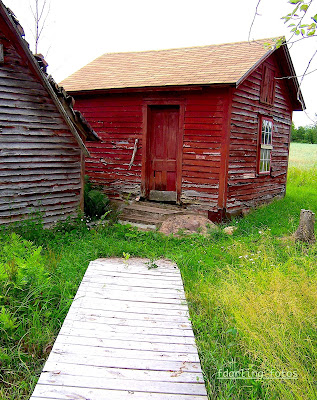 |
| Observe Colors and Light and Reflections |
Have you ever taken young children to admire the brilliant colors of stained glass windows close up and watched them touch the colors with wonder? They are delighted by the light reflecting on their hands and often like to stand in the colors on a bright day. Children also love to make these easy and edible stained glass cookies all winter long.
Cookie Recipe
Here are the Ingredients: 2/3 cup butter, 1 1/4 cup white sugar,1 teaspoon vanilla extract,2 eggs,3 cups all-purpose flour,2 teaspoons baking powder,1/2 teaspoon salt,3 Tablespoons milk,40 fruit flavored hard candies (Life Savers or Jolly Ranchers melt well.)Directions: Preheat oven to 350 degrees. Cover baking sheets with tin foil sprayed with cooking oil. Cream together butter and sugar in a large bowl. Stir in vanilla and eggs.In another bowl, sift together flour, baking powder and salt.
 |
| Make Stained Glass Cookies |
Add to egg mixture alternately with milk. Chill the dough and take out only what you need for a few cookies at a time. It will be easier to form cookies. On a well-floured surface, roll the dough 1/4 inch thick. To make window frames, cut into 1/4 to 1/2inch-wide strips. Form into stained glass window frames with geometric designs inside. You can also make stained glass cut- out cookies. Cut out large cookies and take out dough in small areas and replace with candy.
Keep colors separate, place candy in double plastic bags and a thick grocery bag. Help children carefully crush into smaller pieces with a hammer. Place candy pieces in the holes. Bake for 8-10 minutes. Ten -minute cookies will be crunchier. Check on them often as they bake, however. Cool well on baking sheet until candy is hard. Carefully lift cookies off the baking sheet with a pancake turner and by curling the tin foil slightly.
Stained Glass Drawings
To makestained glass style paper windows fold a black
 |
| Make Stained Glass Drawings |
piece of construction paper about 5”X 8” in half. Think of how you wish the window to look when the fold is open. Draw guidelines for groups of triangles, circles, rectangles, or a picture on the folded paper and help children cut out the shapes. When you open the folded paper both sides will be symmetrical. Glue wax paper one side covering the holes you made. Paint one waxed paper section at a time with white glue and cover with one-inch square pieces of different colored tissue paper. You may overlap colors to make a stained glass look more realistic. If you want a shine, paint on Modge Podge. When dry, hang in a window. For more fun with children see grandparentsteachtoo.blogspot.com, wnmufm.org/Learning through the Seasons live and podcasts; Facebook and Pinterest.




























